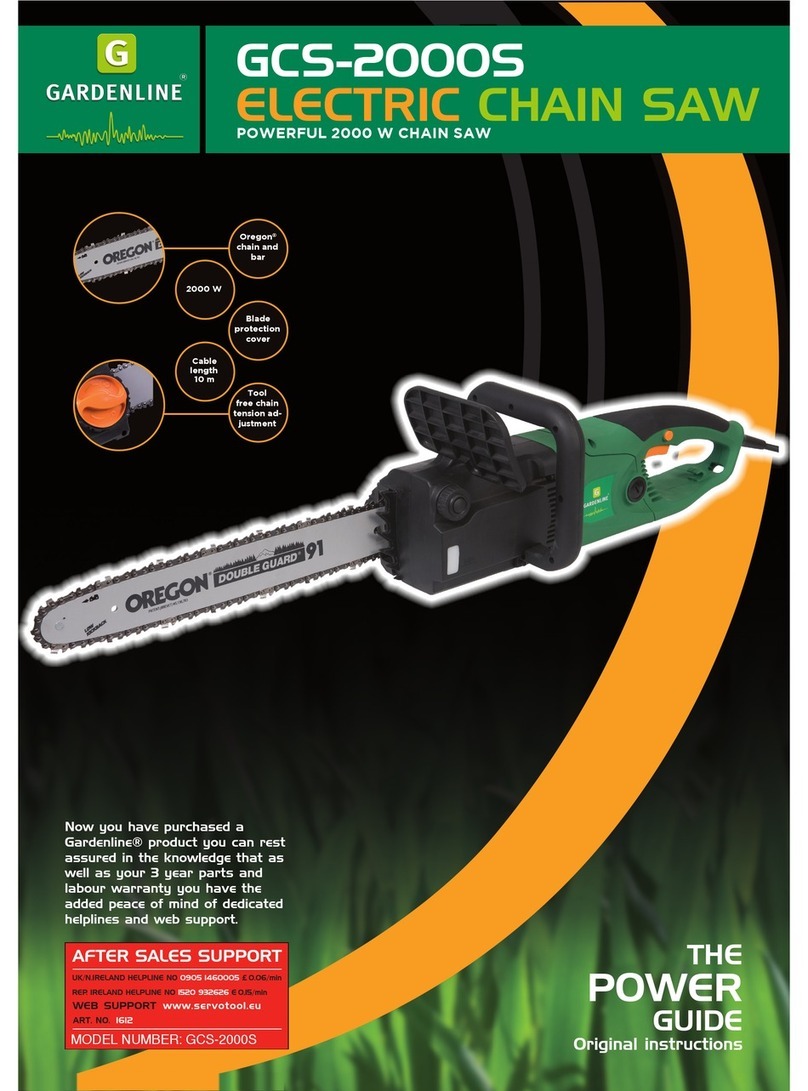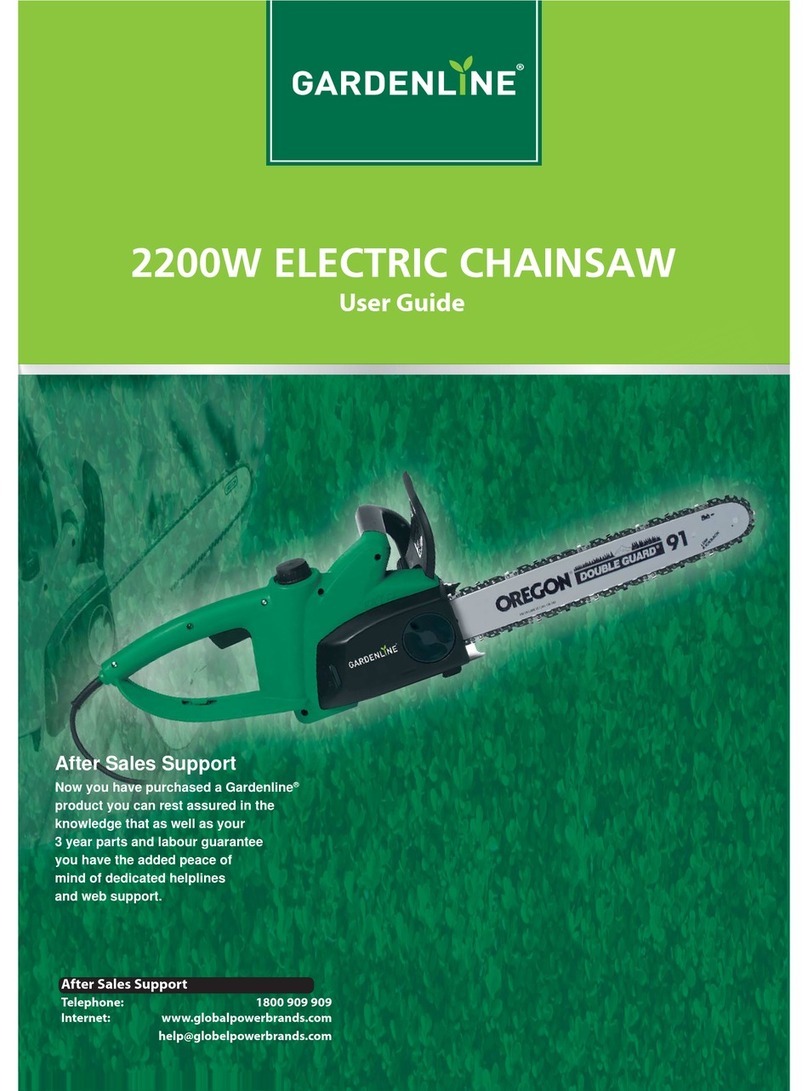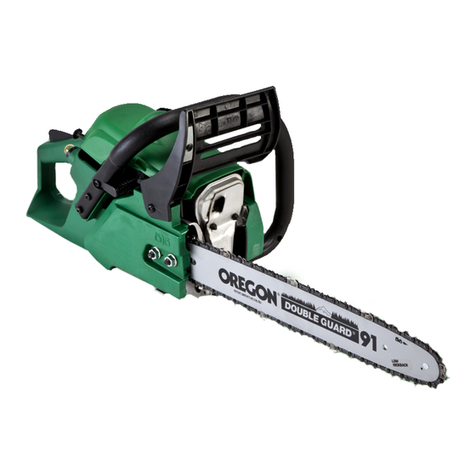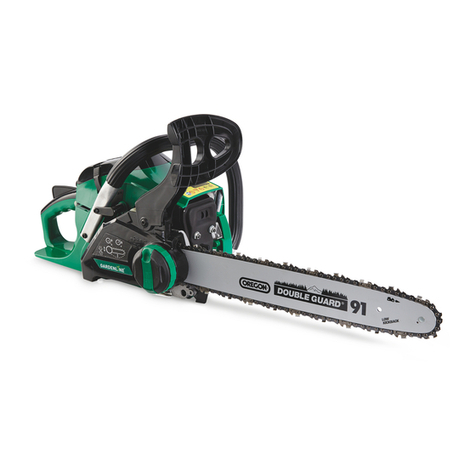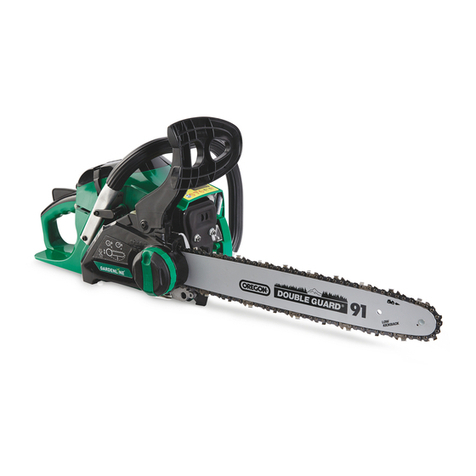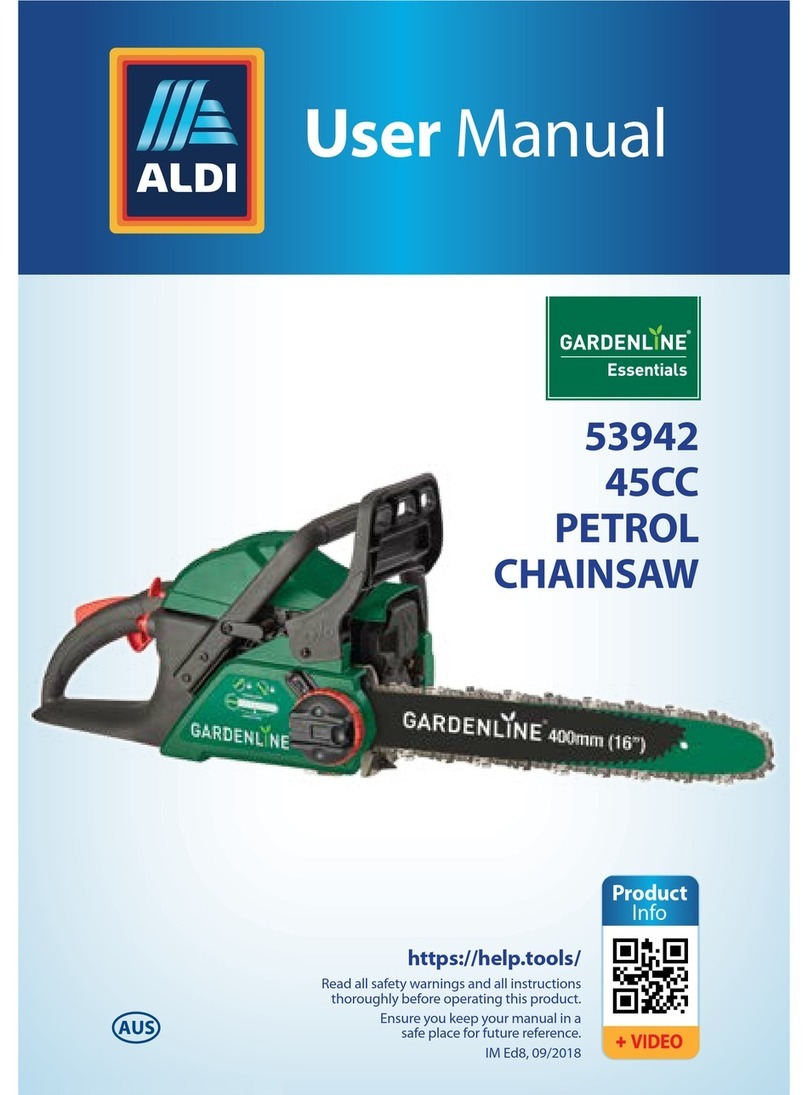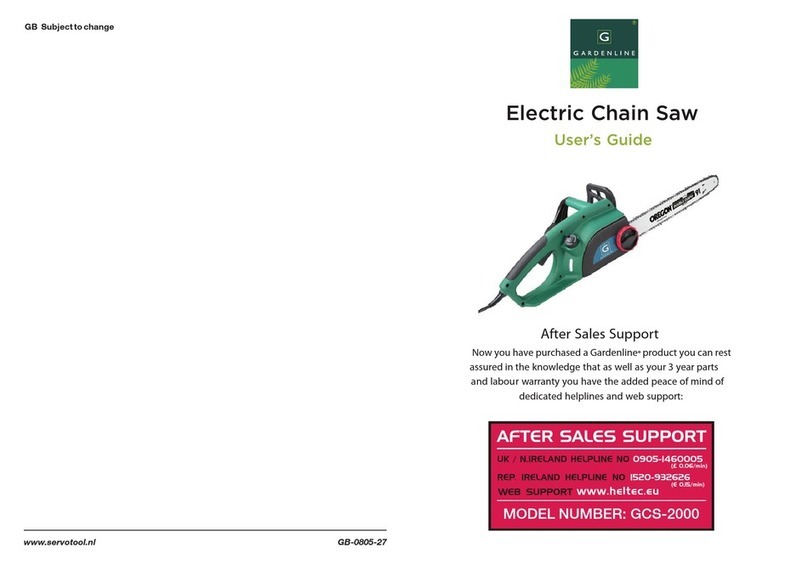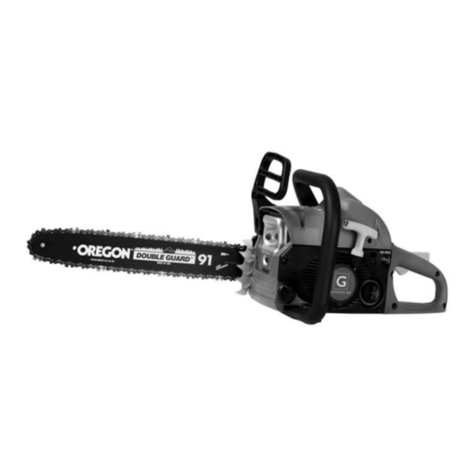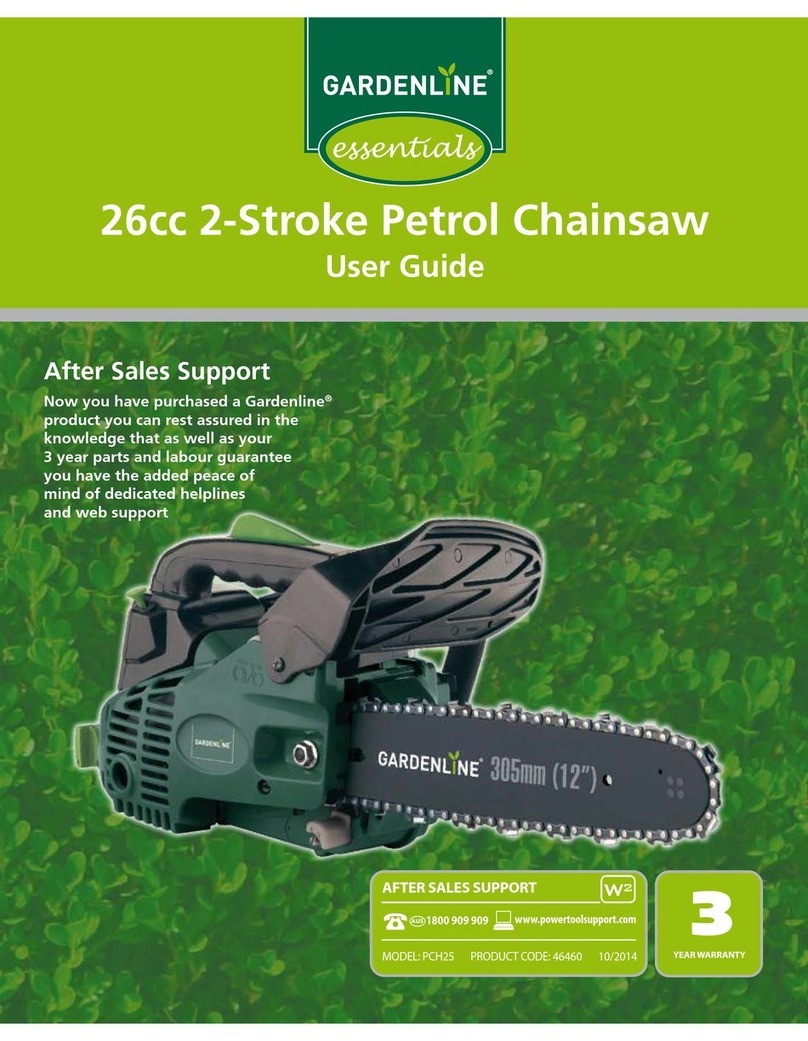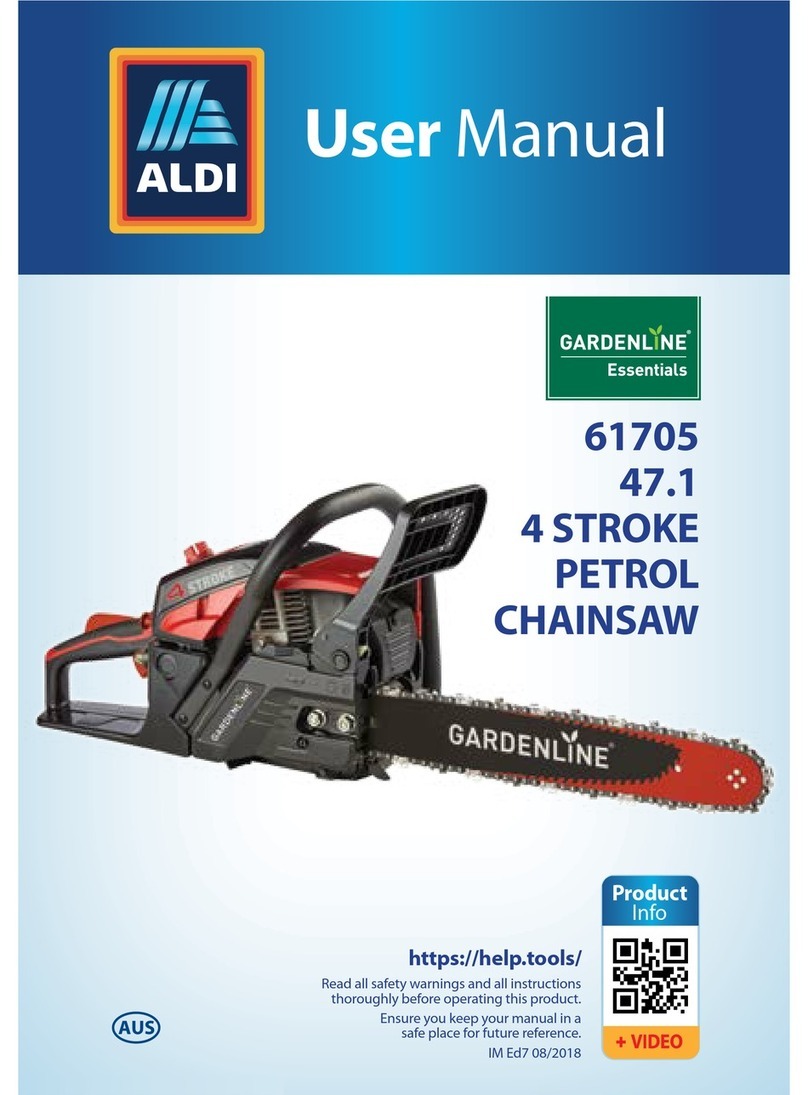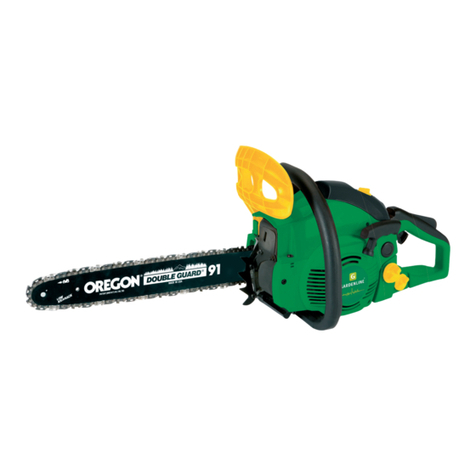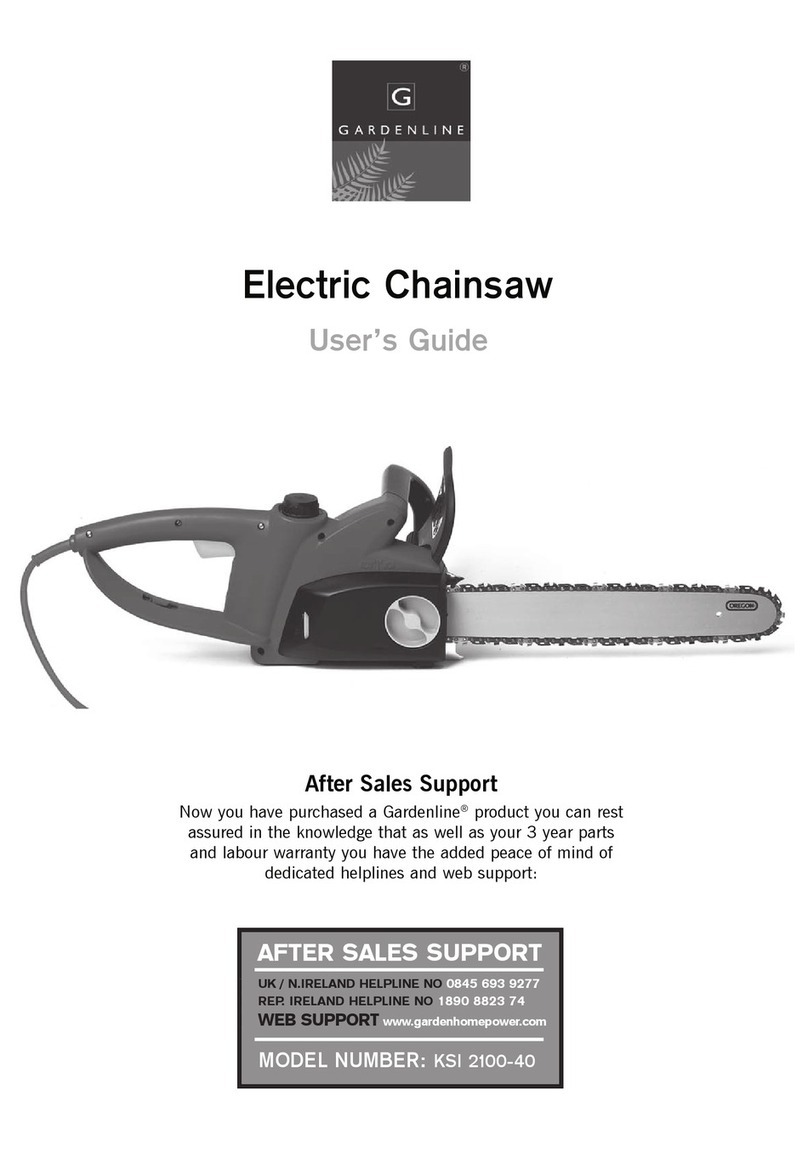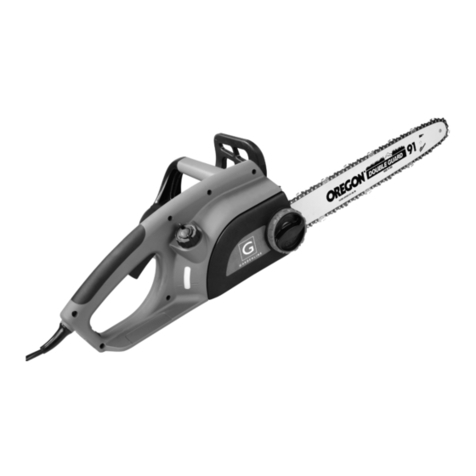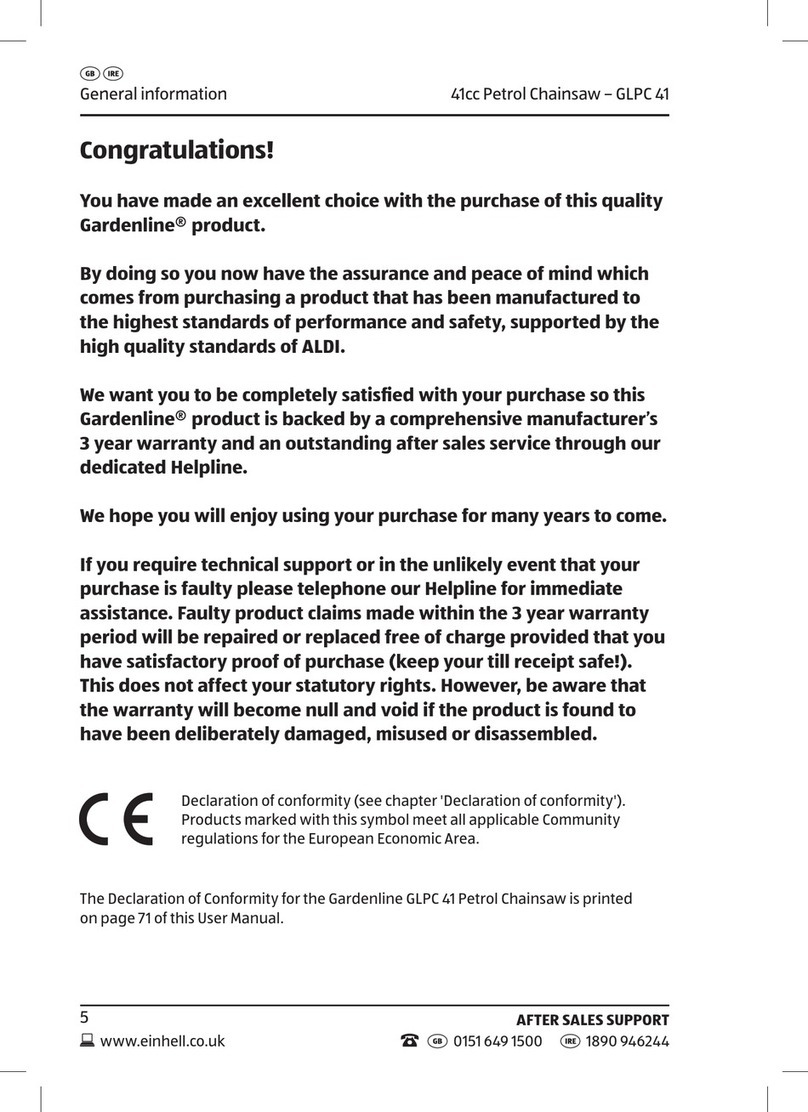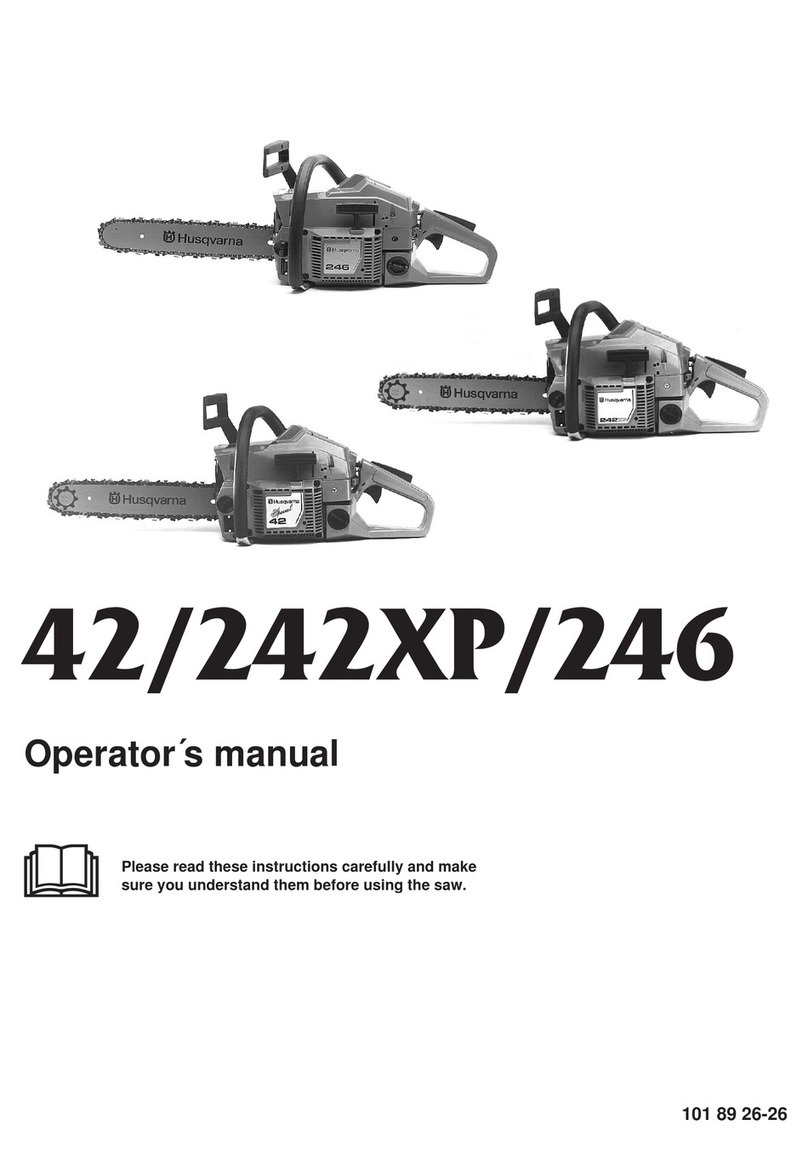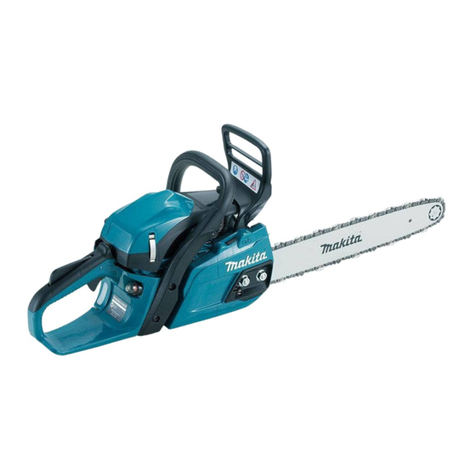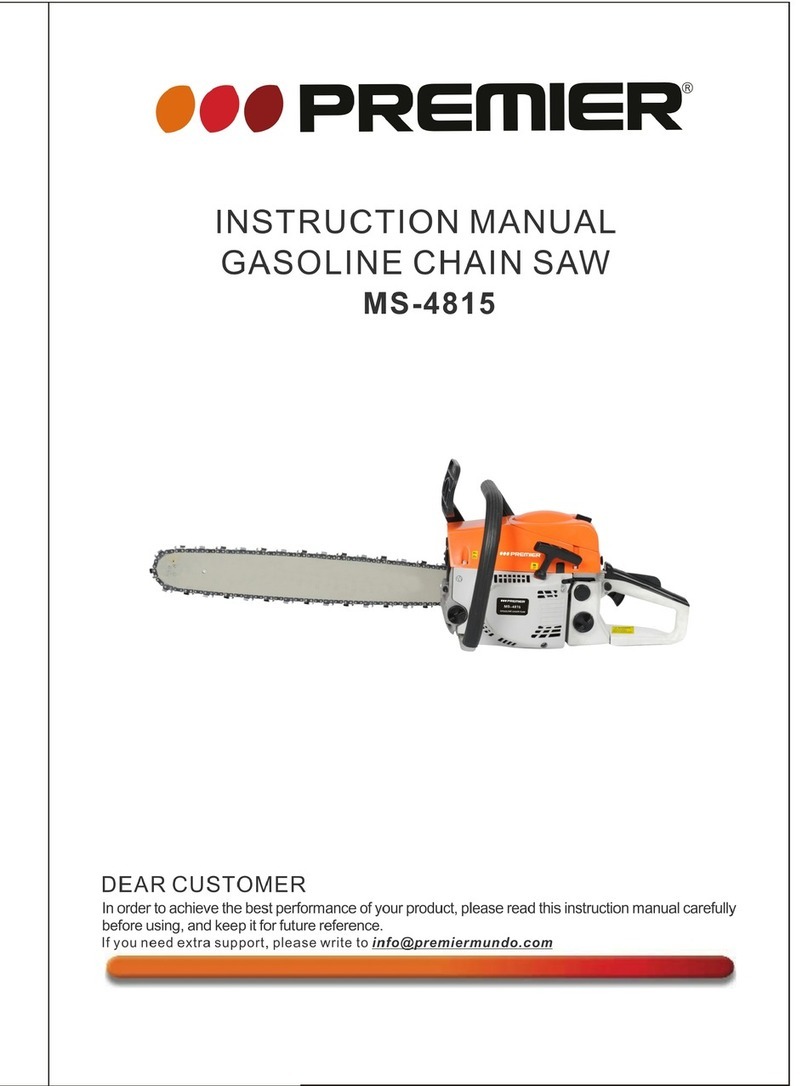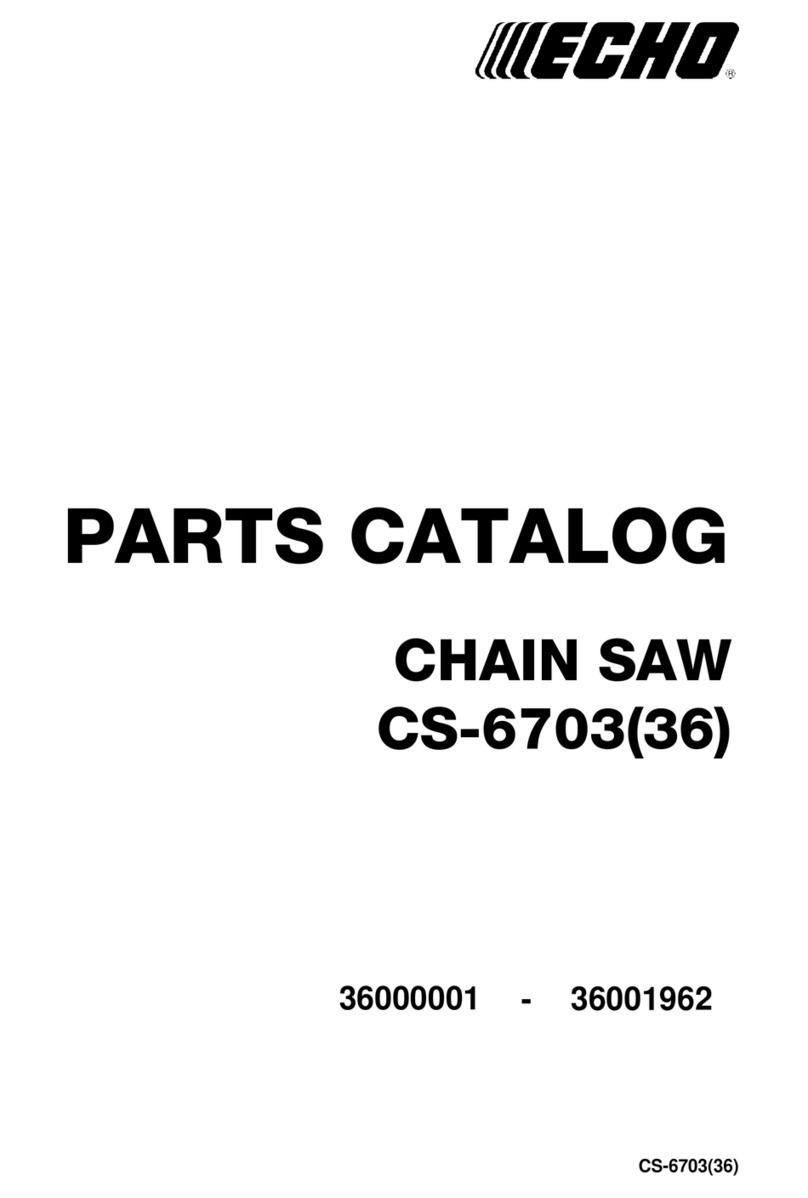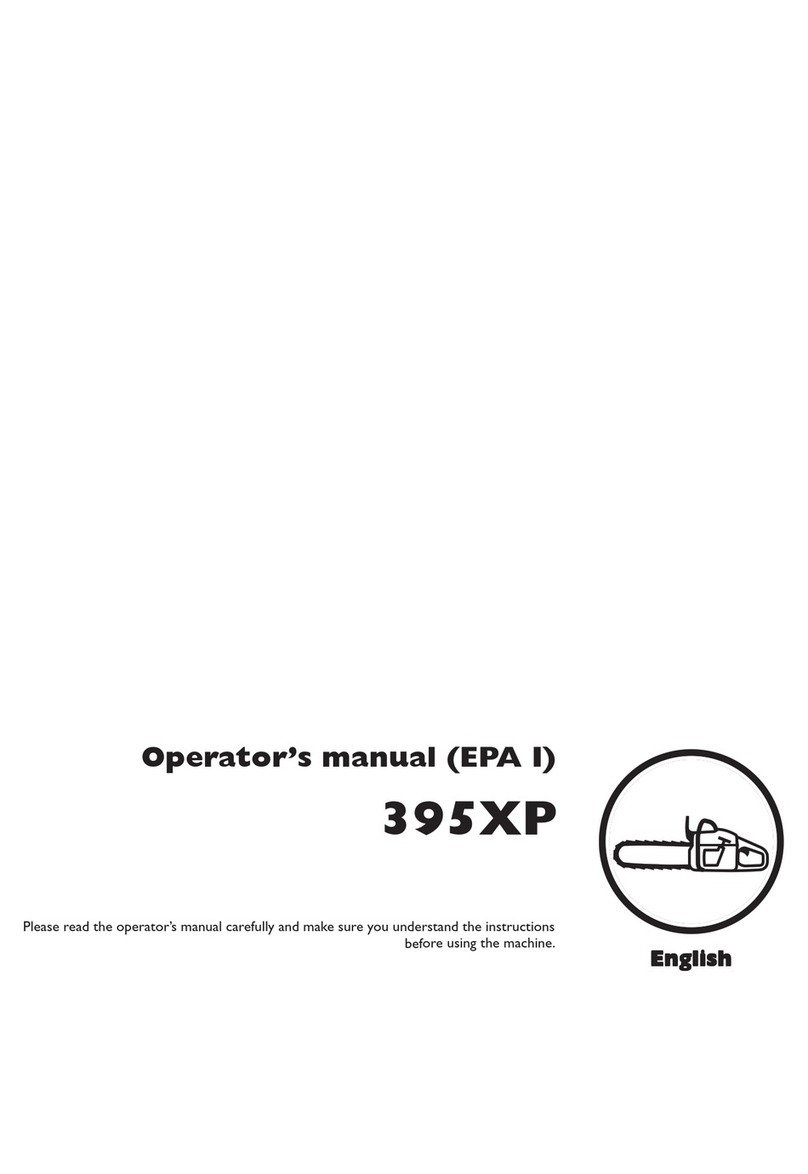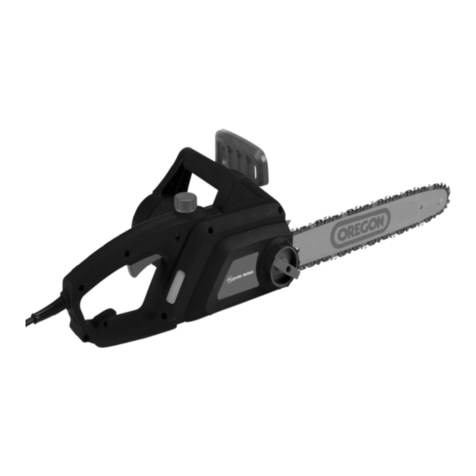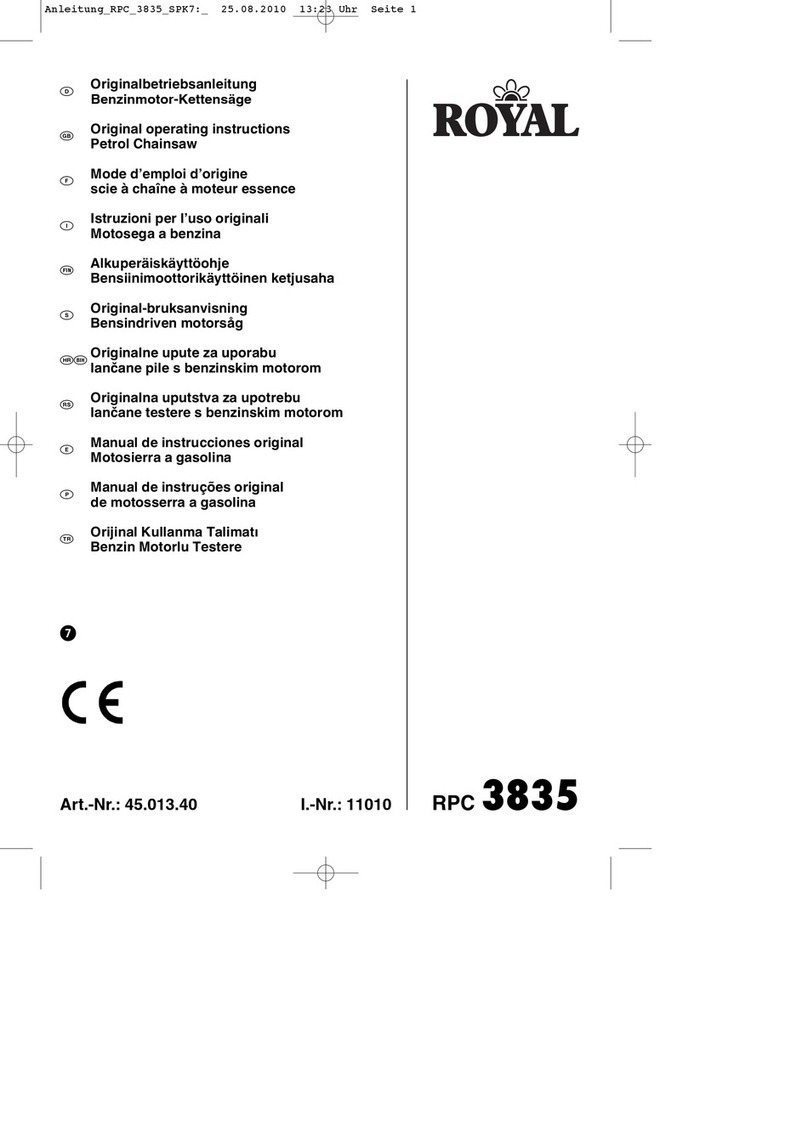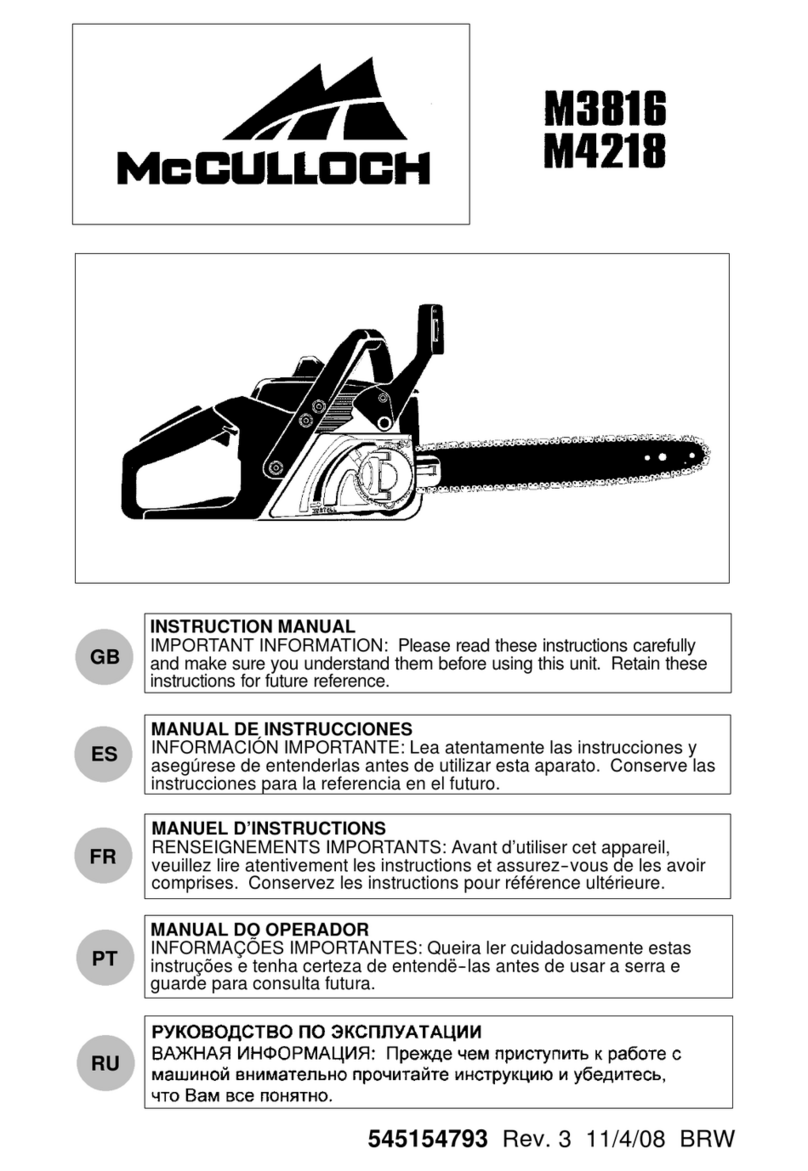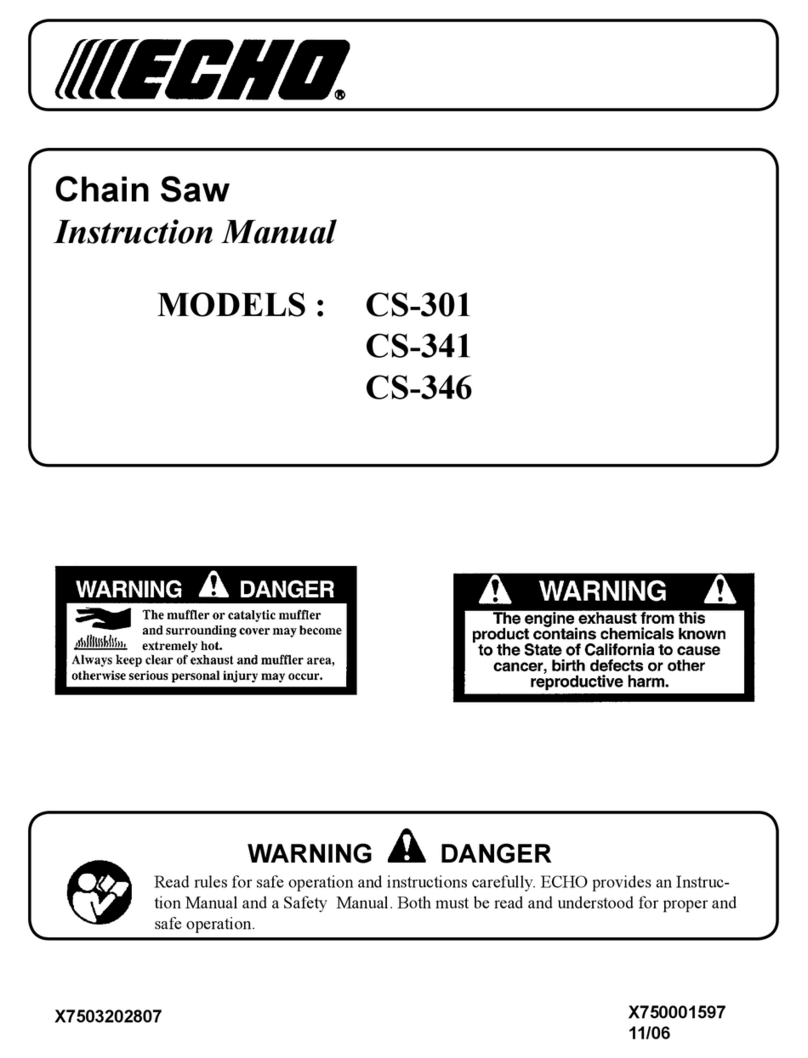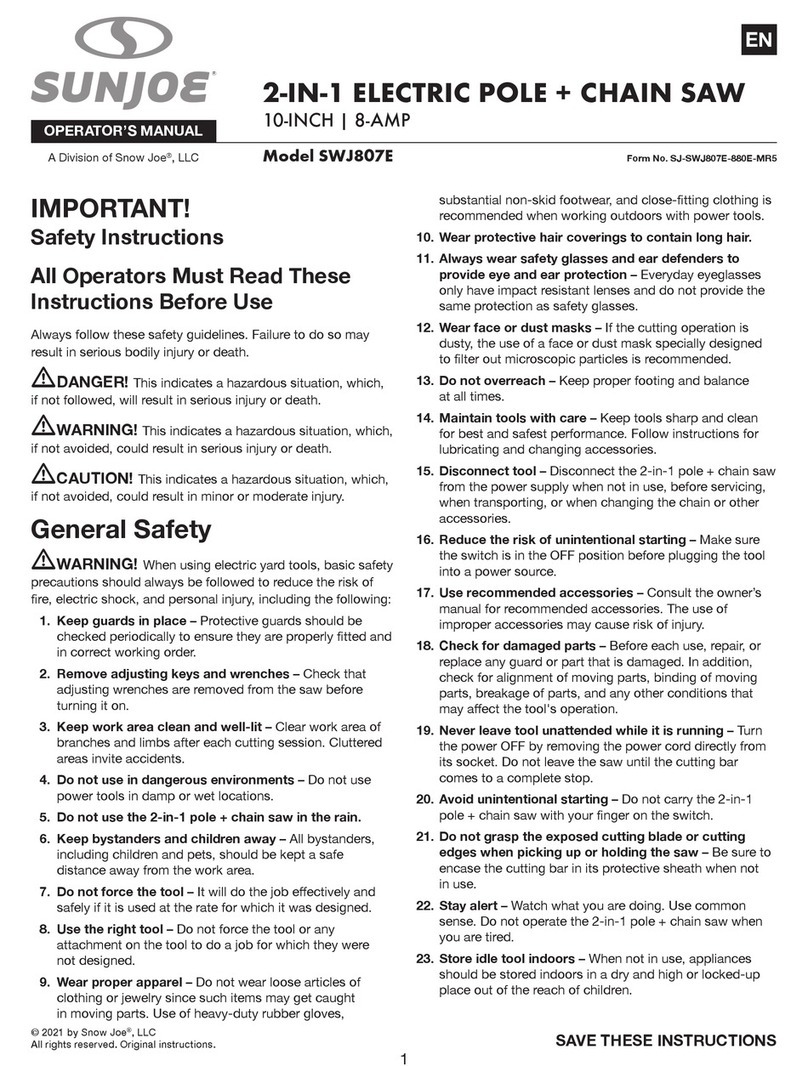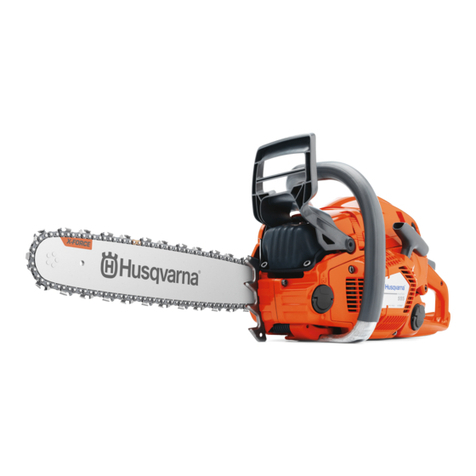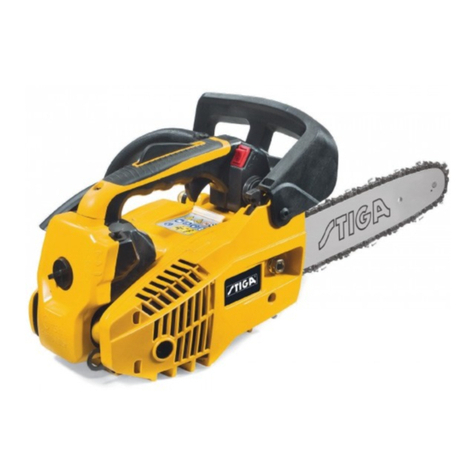
AFTER SALES SUPPORT
10
Important!
When using equipment, a few safety precautions
must be observed to avoid injuries and damage.
Please read the complete operating manual with due
care. Keep this manual in a safe place, so that the
information is available at all times. If you give the
equipment to any other person, give them these
operating instructions as well.
We accept no liability for damage or accidents which
arise due to non-observance of these instructions
and the safety information.
General Safety Instructions 1
Please refer to the booklet included in delivery for
the safety instructions.
CAUTION!
Read all safety regulations and instructions.
Any errors made in following the safety regulations
and instructions may result in an electric shock, re
and/or serious injury.
Keep all safety regulations and instructions
in a safe place for future use.
1.1 Explanation of the symbols and warning
signs on the machine (Fig. 1)
1. Read the user manual before using the machine
2. On all jobs performed with the saw you must
always wear safety goggles to guard your eyes
from ying materials/objects and a sound-proof
helmet, ear plugs or the like to protect your
hearing. Wear a safety helmet if there is a risk
of objects falling on you from above.
3. Wear gloves to protect your hands.
4. Wear safety shoes to protect your feet.
5. Warning! Danger!
6. Make sure that the chain brake is released. Pull
back the handle/chain brake before operating.
7. Noise emission complies with Directive
2000/14/EC!
1.2 Explanation of the pictograms for handling
on the machine (Fig. 2)
A safety sign is tted to the chainsaw’s fan lter
cover. This label, along with the safety instructions
on these pages, should be carefully read before
attempting to operate this unit.
Important: RED Warns about a dangerous
method of working that must not be used.
GREEN RECOMMENDED
Recommended operation for safe sawing.
IMPORTANT:
1. Beware of recoil.
2. Do not hold the saw in one hand.
3. Avoid contact with the tip of the rail (chain
return point).
RECOMMENDED
4. Hold the saw rmly with both hands. Place your
right hand on the rear handle and your left
hand on the front handle.
1.3 Kickback safety precautions
Warning: Kickback can lead to dangerous loss
of control of the chainsaw and result in serious or
fatal injury to the saw operator or to anyone
standing close by. Always be alert. Rotational
kickback and pinch-kickback are major chainsaw
operational dangers and the leading cause of most
accidents.
KICKBACK may occur when the NOSE or TIP of the
guide bar touches an object, or when wood closes in
and pinches the saw chain in the cut.
Tip contact in some cases may cause a lightning-fast
reverse reaction, kicking the guide bar up and back
toward the operator.
PINCHING the saw chain along the BOTTOM of the
guide bar may PULL the saw forward away from the
operator. PINCHING the saw chain along the TOP of
the guide bar may PUSH the guide bar rapidly back
toward the operator.
Any of these reactions may cause you to lose control
of the saw, which could result in serious personal
injury.
Beware of the following:
Rotary recoil (Fig. 3A)
A = Recoil distance
B = Recoil reaction zone
Impact/Jamming recoil and pulling reactions
(Fig. 3B)
A = Pull
B = Solid objects
C = Push
To prevent pulling reactions, place the wood you
wish to cut against the claw stop. Use the claw stop
as a pivot point during cutting.
1.4 Safety Instructions
Warning: When using petrol tools, basic safety
precautions, including the following, should always
be followed to reduce the risk of serious personal
injury and/or damage to the unit.
